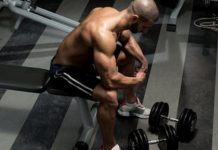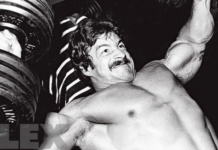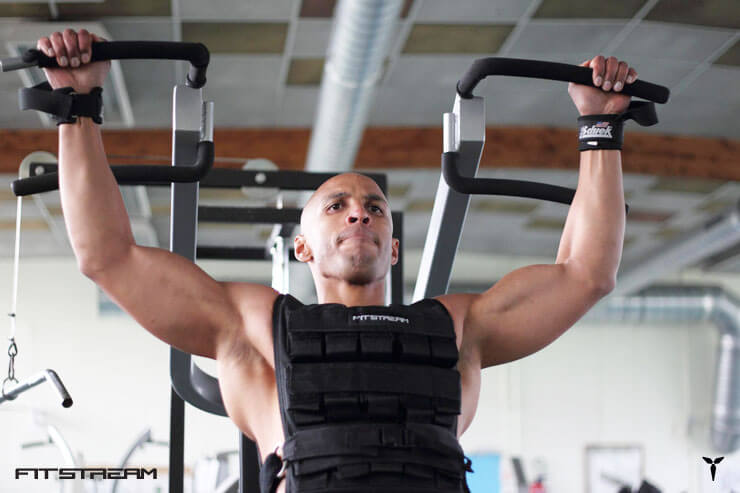
Bringing some more weight into your training through the form of vests or belts is an effective way of creating a more progressive overload.
If you’ve got to the stage when you can do 8, 10, 12 reps in the major calisthenics exercises such as pull-ups, dips and squat with ease and good form, then that’s the good time to start putting more weight on, which means you will be working harder and that will change the percentage of the intensity you’re working out and create a new adaptation.
Contents
Benefits of Weighted Calisthenics
There is a number of reasons why you might want to add some weight to your calisthenics training.
The main one is to start building more strength but make sure you can continually get progressive overload. That means if you can do 10 reps of a pull-up, you might want to add some more loads to build more adaptation.
However, adding weight to your training isn’t the only way to create adaptations. Exploring new ranges of motion, changing angles can do to make an exercise harder and progressively more overloaded.
But, if you’re working on something very specific like in a muscle up, putting weight can be very useful to get stronger and improve your strength to weight ratio in the specific move that you’re trying to work towards.
Prerequisites you Must Consider Before Starting Weighted Calisthenics
It’s super important to have the foundations and the structure before starting bodyweight workouts. In other words, it doesn’t make any sense adding weight to your body while you have difficulties doing few reps of proper calisthenics exercises.
That’s why you must be able to pass these requirements:
You must be able to do at least 15 pull-ups, 30 squats, 20 dips and push-ups easily with good technique and perfect form.
Once you pass these requirements, you can start adding weight to your training.
Essential Weighted Calisthenics Equipment you Must Have
Before you get started, you must know the tools that you are going to use for your workout.
Calisthenics Weight Vest
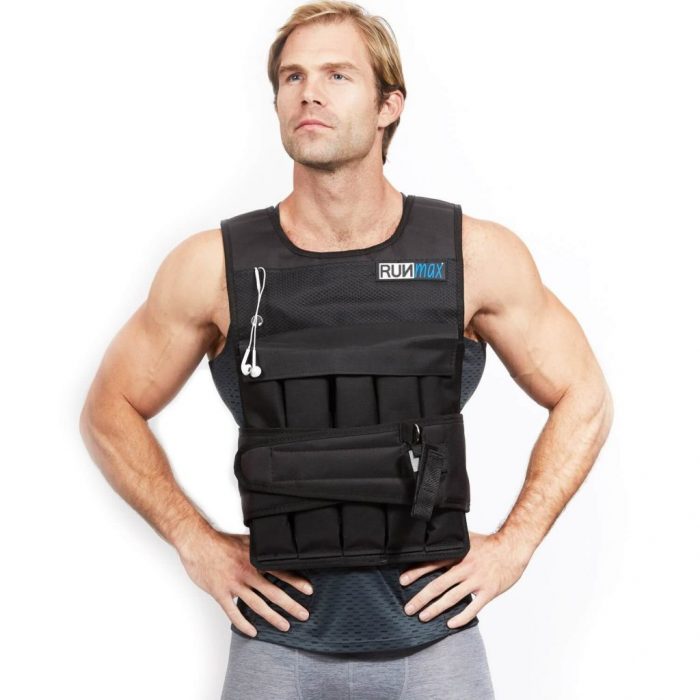 You can add weight using the weight vest. Personally, I prefer the Runmax Adjustable Weighted Vest because I can have the option to be able to insert or remove weights as I need to, so I can adjust it to fit my needs. Plus, It’s durable, comfortable and doesn’t get in your way while training.
You can add weight using the weight vest. Personally, I prefer the Runmax Adjustable Weighted Vest because I can have the option to be able to insert or remove weights as I need to, so I can adjust it to fit my needs. Plus, It’s durable, comfortable and doesn’t get in your way while training.
The Weight Belt
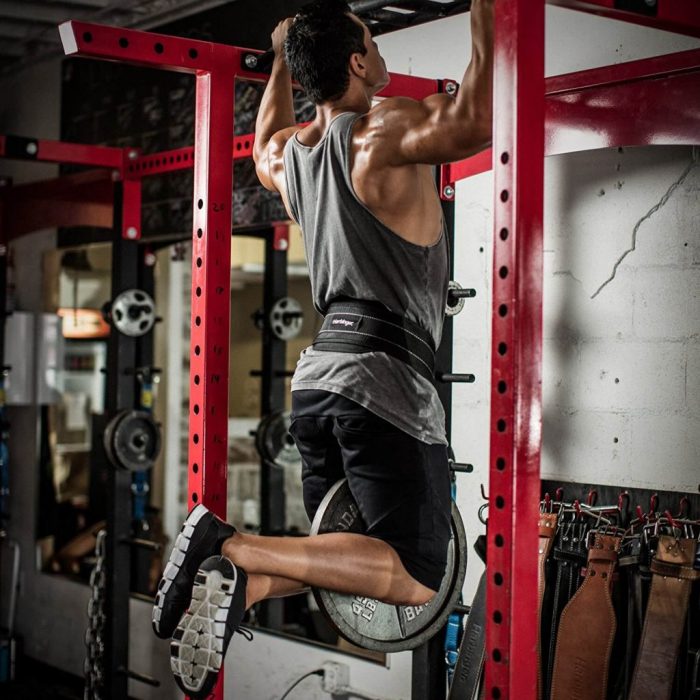 The second one is the weight belt. The advantage of this item is you can put more weight on it. So, if you are an absolute monster and you want to gain 90 lbs on, this might be a good option for you or you can start thinking about combining those two tools.
The second one is the weight belt. The advantage of this item is you can put more weight on it. So, if you are an absolute monster and you want to gain 90 lbs on, this might be a good option for you or you can start thinking about combining those two tools.
Keep in mind, the slight variations in where the weight is placed and distributed on the body might just change how the exercise feels, but both of them are great legitimate ways to gain more strength so you can choose whichever one works.
If you have the idea of investing in this particular item, then I will recommend the well-known Harbinger Dip Belt for its comfort and the reasonable price.
Resistance Bands
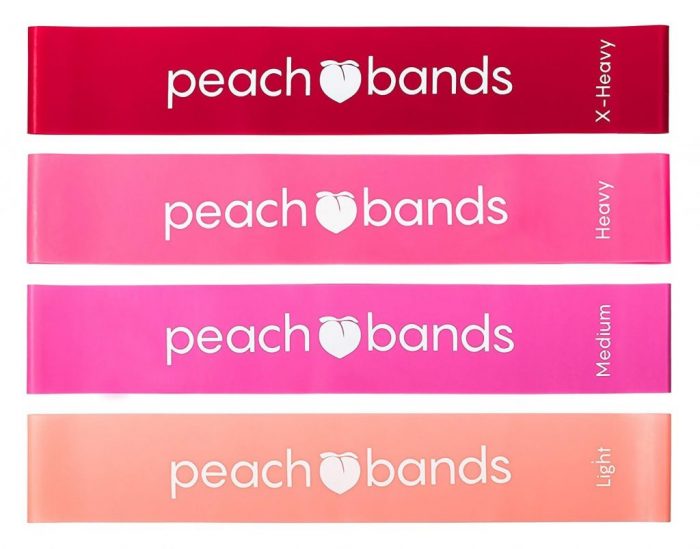 The resistance band works very well for pushing exercises in your push-up variations and you could use them also for pull-ups and dips. However, despite the fact that many calisthenics aficionados use them frequently in their workouts, others think that the exercises might get complicated while using the resistance bands and you might end up just get yourself caught in a spider’s web of rubber.
The resistance band works very well for pushing exercises in your push-up variations and you could use them also for pull-ups and dips. However, despite the fact that many calisthenics aficionados use them frequently in their workouts, others think that the exercises might get complicated while using the resistance bands and you might end up just get yourself caught in a spider’s web of rubber.
Weighted Calisthenics Full Body Workout Routine
One Picture Worth a Thousand Words, but video worth millions… This why in this section I will present you Chris Heria’s video on which he goes into details on how to incorporate weight properly in your training program. ENJOY!


